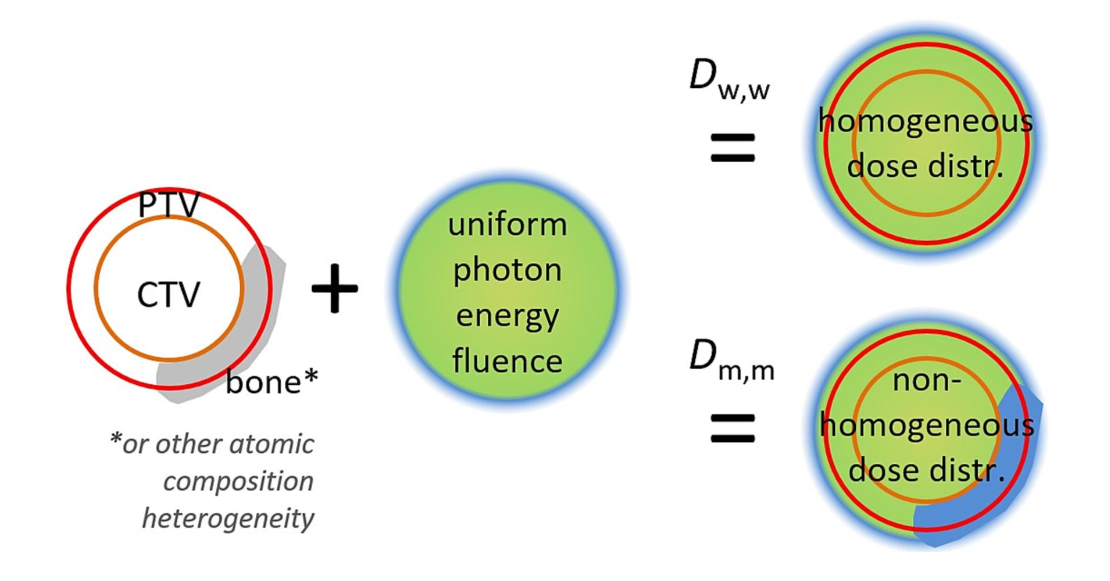
In oncological treatments with radiotherapy, in order to know the three-dimensional dose distribution that each patient will have, calculation algorithms are used that shape the interaction of radiation with the patient. Currently, these algorithms are developed taking into account several considerations, and their calculations express the dose to water-in-water (DW,w). Newer, more advanced calculation algorithms increase the accuracy and report the dose to medium-in-medium (Dm,m), and this parameter depends on the medium under consideration.
A new study by the Radiotherapy Oncology and Medical Physics research group at the Girona Biomedical Research Institute (IDIBGI) and the Catalan Institute of Oncology (ICO) in Girona outlines the clinical and robustness implications of adopting the most advanced calculation algorithms. It also proposes possible strategies to minimise the negative impact that their application may have.
The article published in the journal Physics and Imaging in Radiation Oncology, by Dr. Diego Jurado-Bruggeman and Dr. Carles Muñoz-Montplet, concludes that dose planning in Dm,m with the most advanced algorithms, as was done with Dw,w, can impact clinical outcomes and affect robustness. In optimisation, it is suggested to aim for uniform irradiance instead of applying homogeneous Dm,m distributions in cases where the medium has a different Dm,m response. However, this approach requires adapting the evaluation criteria or avoiding the effects of the medium. Regardless of the approach, there may be systematic differences in dose prescription and constraints.
This research is in line with the mission of the research group, headed by Dr. Arantxa Eraso, to improve oncological outcomes and the quality of life of the patients they treat in the care setting by applying new technologies.
Reference article: Jurado-Bruggeman, D.; Muñoz-Montplet, D. Considerations for radiotherapy planning with MV photons using dose-to-medium. Physics and Imaging in Radiation Oncology, 2023, 26, 100443.
DOI: https://doi.org/10.1016/j.phro.2023.100443